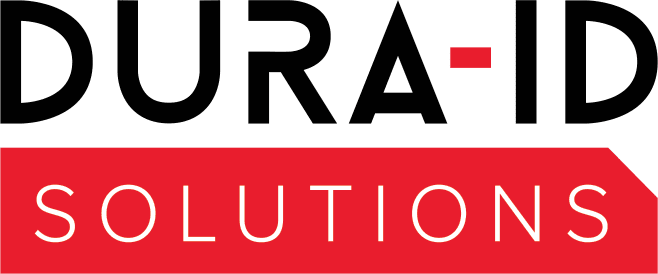During the run up to the new year, the UK has been preparing to leave the EU. With a deadline of January 1st 2021, followed by a grace period until 30th September 2022, there will be many changes to various elements of regulatory government guidance in nearly all sectors. One of which will concern chemical labelling and how this will change under the new structure.
There aren’t many noted changes as of yet but it’s important to remain vigilant so that you and your business remains compliant. Dura-ID have compiled a sort list of changes to looks our for and many that we could see change in the near future.
Chemical Labelling
The new CLP (Classification, Labelling, and Packaging) regulations will reflect the previous EU CLP requirements and no there are notified changes to the requirements (more updates to come 1st January 2021).
GB-based businesses must classify and label their substances, where required, in accordance with GB MCL (Mandatory Classification and Labelling) as this will replace the EU Harmonised Classification in the UK. So what does this mean?
- GB-based downstream users and distributors supplying the GB market with products that are currently manufactured or imported from the EU/EEA will become importers under the GB CLP.
- GB-based businesses will be required to notify the GB CLP Agency of the classification and labelling of the substances that they place on the GB market (where they meet the criteria for notification).
- Instead of dealing with the ECHA (European Chemicals Agency) and EC (European Commission), the HSE (Health and Safety Executive) will take control with support from other government departments and agencies.
- For more information, please see the CLP Scenario Table.
Hazardous Goods
There are many elements to chemical labelling so please read all the advice provided carefully and keep an eye out for anything new over the coming year.
- Product Identifier – The name of the product and identity of the hazardous chemical or ingredient in the product. This can also include batch numbers and code numbers for easy identification.
- Signal Words – e.g., ‘Danger’, ‘Warning’; this signifies the severity of the hazard. There should only be one word per label.
- Hazard Statements – The grade of danger and what potential symptoms you may encounter. You must include all that apply.
- Precautionary Statements – There are 4 to be aware of: Prevention Statement (to minimise exposure), Response Statement (what to do if exposure occurs), Storage Statement (all storage requirements), and Disposal Statement (how to dispose of the chemical properly).
- Supplier Statement – Name, address, and contact details of the manufacturer/supplier/importer.
- Pictograms – There are a number of vital pictograms you must display including, Physical Hazard, Health Hazard, Environmental Hazards and Transport. This will depend on the classification of the product.
Non-hazardous Goods
Not all chemical goods are classified as hazardous and therefore do not require a GHS classification label. For these products, you do not need to include any of the above.
However, we advise that you keep the product identifiers and the supplier information on the label, that you state that the product is non-hazardous but that a SDS sheet is available upon request, and the quantity of the product.
For more information on chemical labelling and how Dura-ID can help you and your business remain safe and compliant, please contact us on +44 (0) 114 242 2111 or email us at info@dura-id.com.
